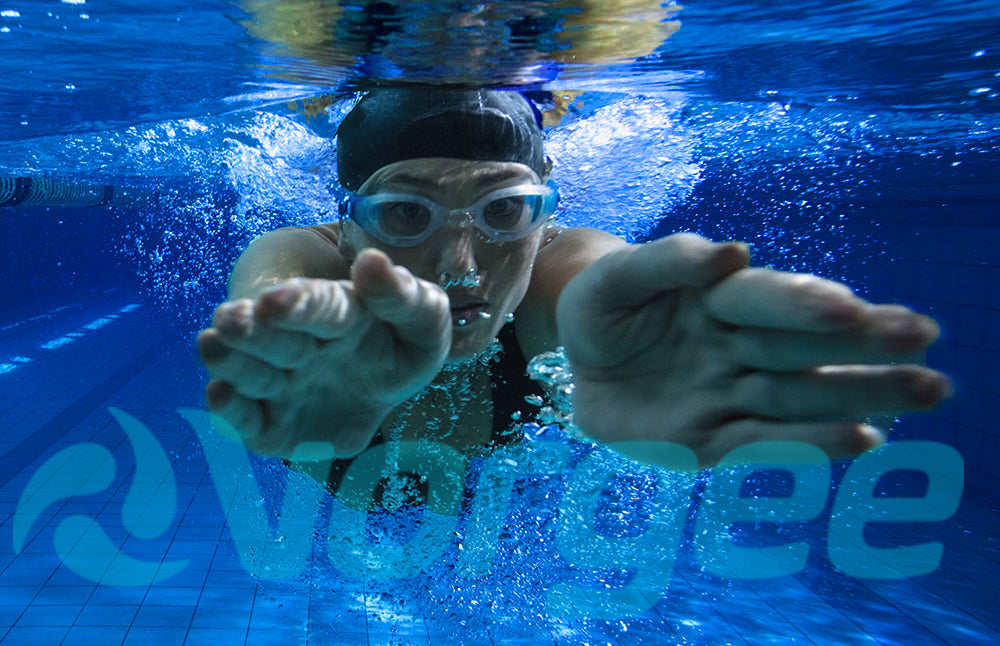How to get the most out of your swimming goggle antifog?
Anti-fog - how to get the best out of it, first off; let's clear up one thing - don't spit in your goggles, don't put soap in your goggles, don't lick the lens. For that matter, keep the goggles completely dry before you get in the swimming pool; let's get into the reasons why.
- Keep the goggle dry before use.
- Avoid creating humidity in the goggle before use by wearing the goggle prior to the session start.
- As the human body heats up, it sweats to cool itself down (yes, even in the water)
- Once the antifog is saturated and the goggle needs to be cleared, dip it in the water. Repeat as necessary.
- When the swim session is done, rinse the goggle in freshwater leave it to dry.
- Never touch the inside of the lens.
- Use a goggle with antifog injection works.

